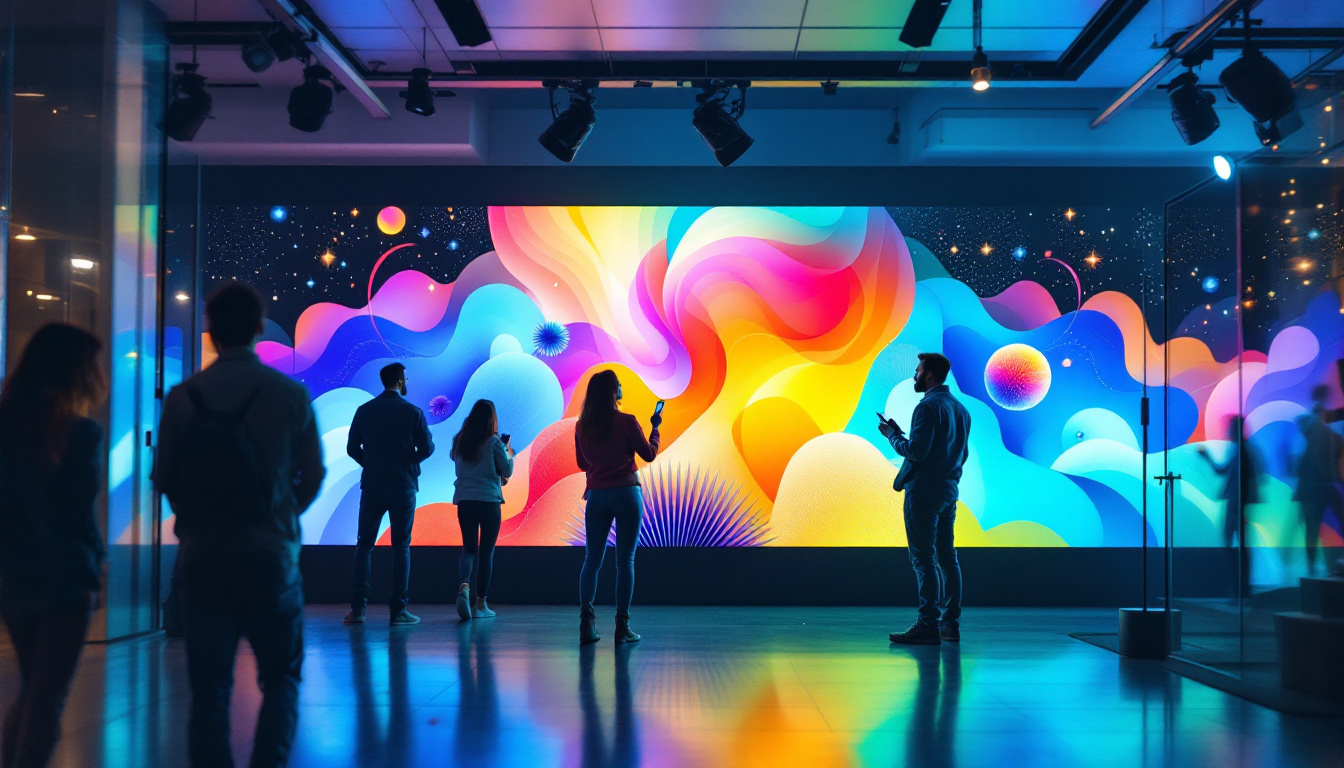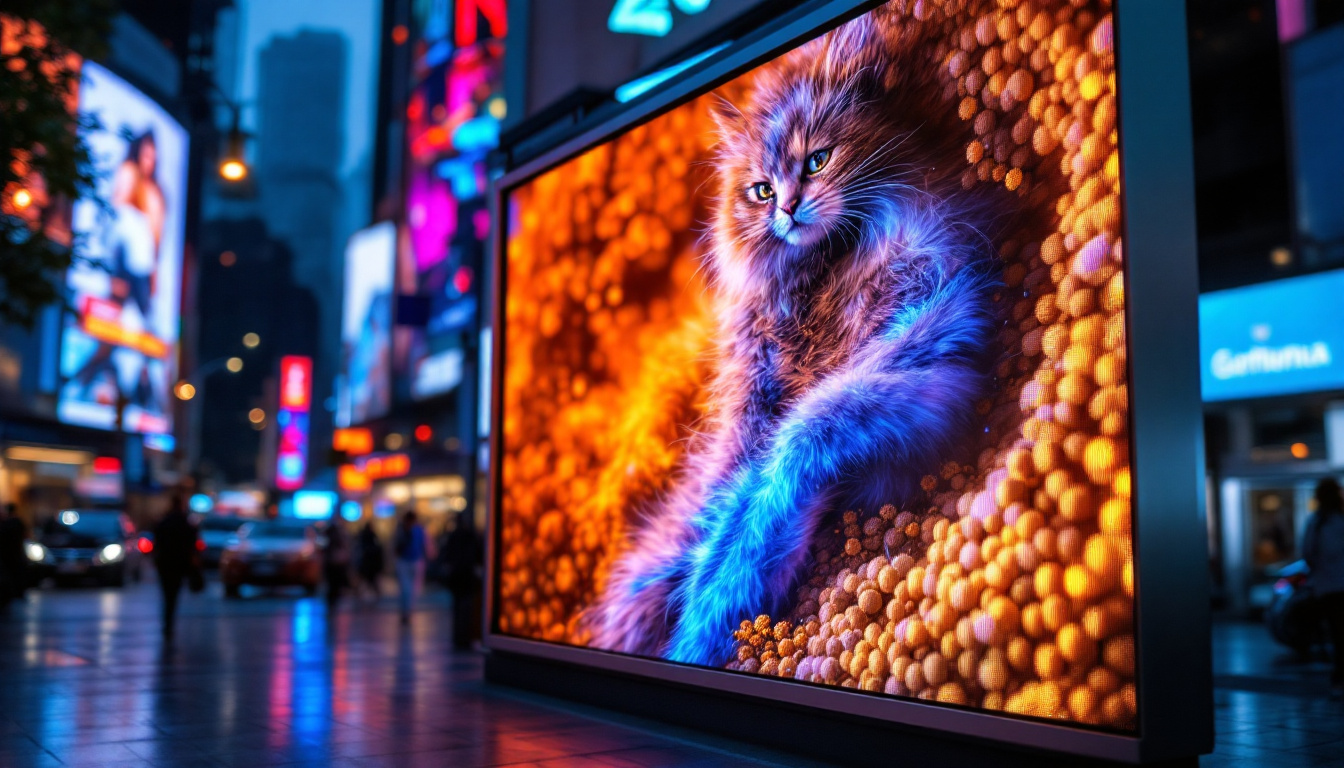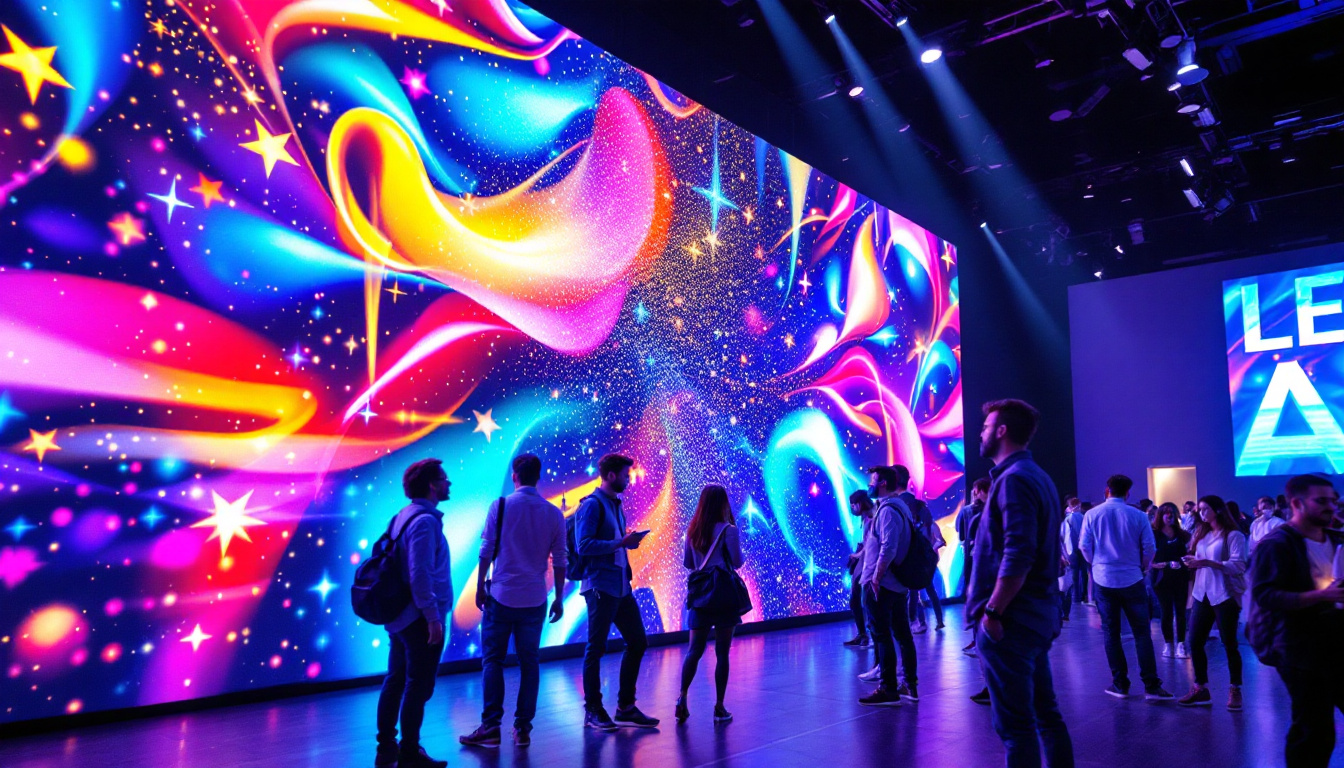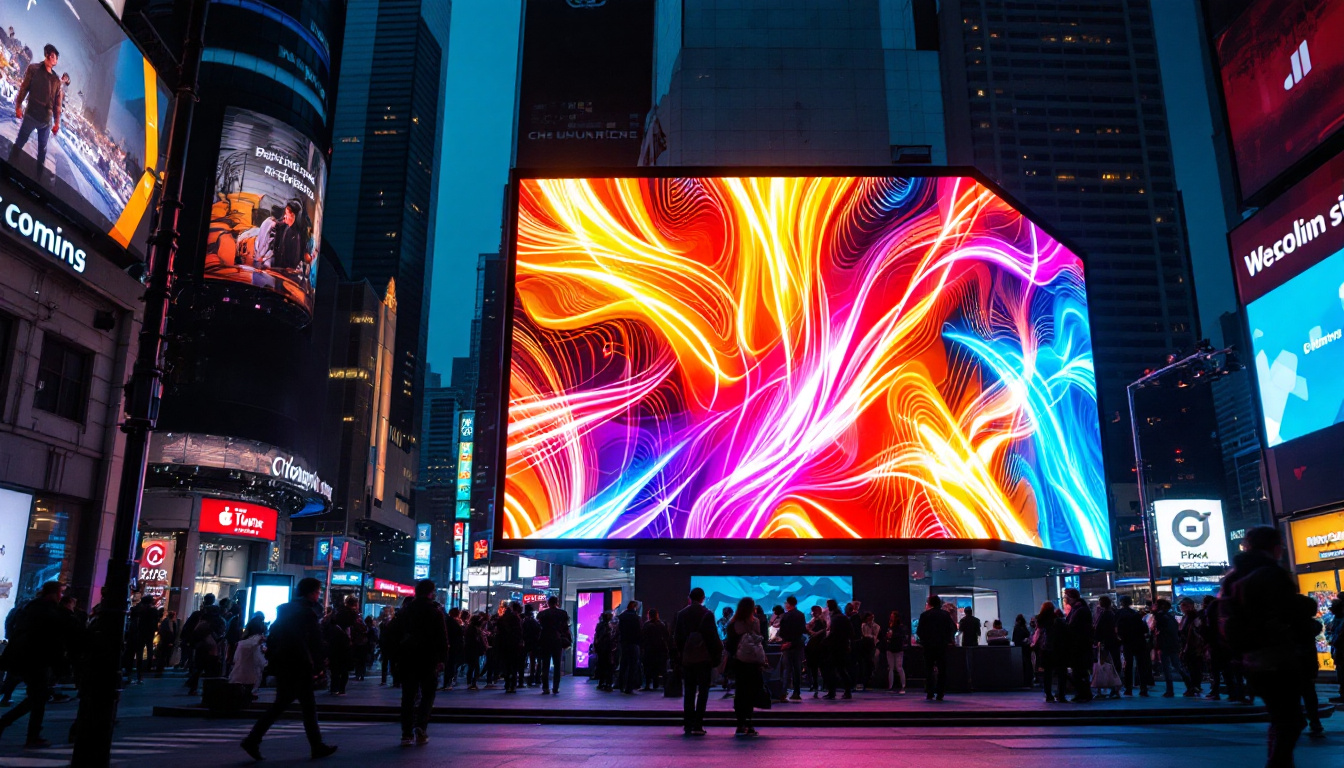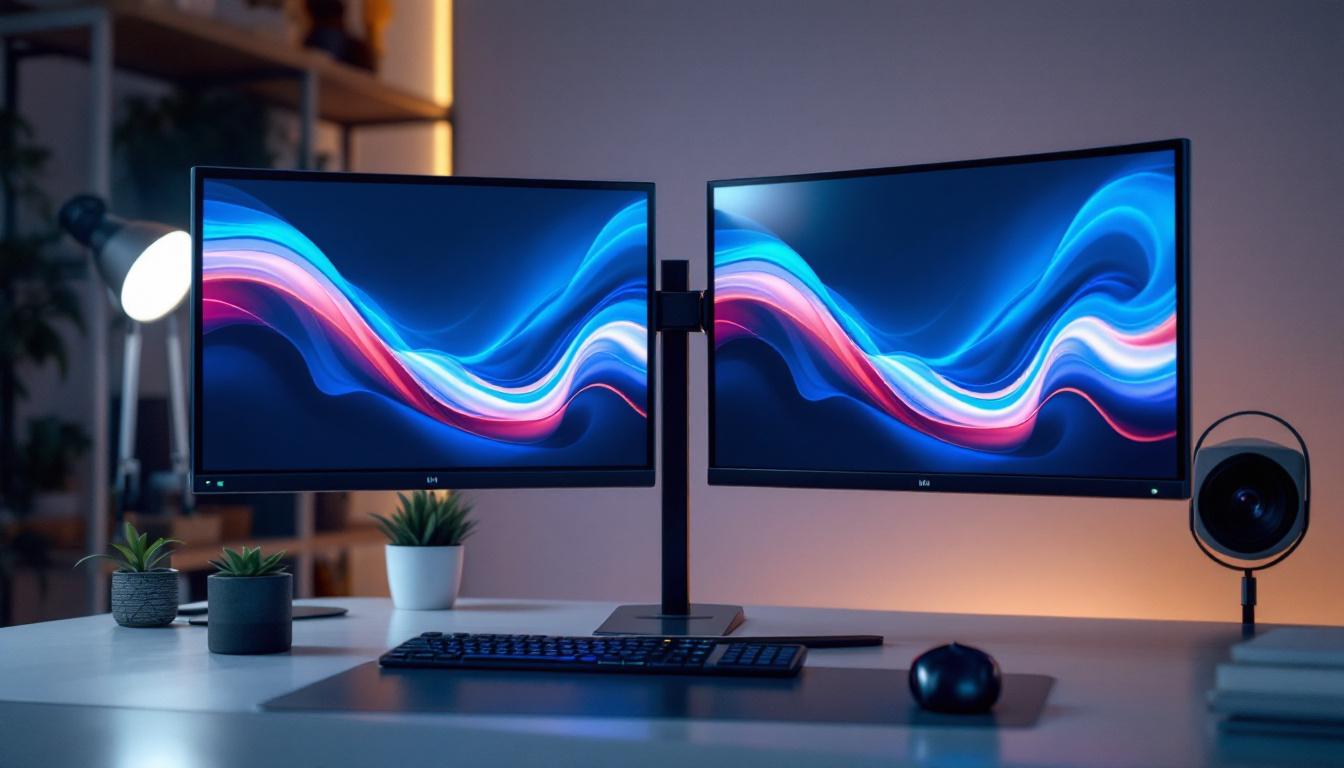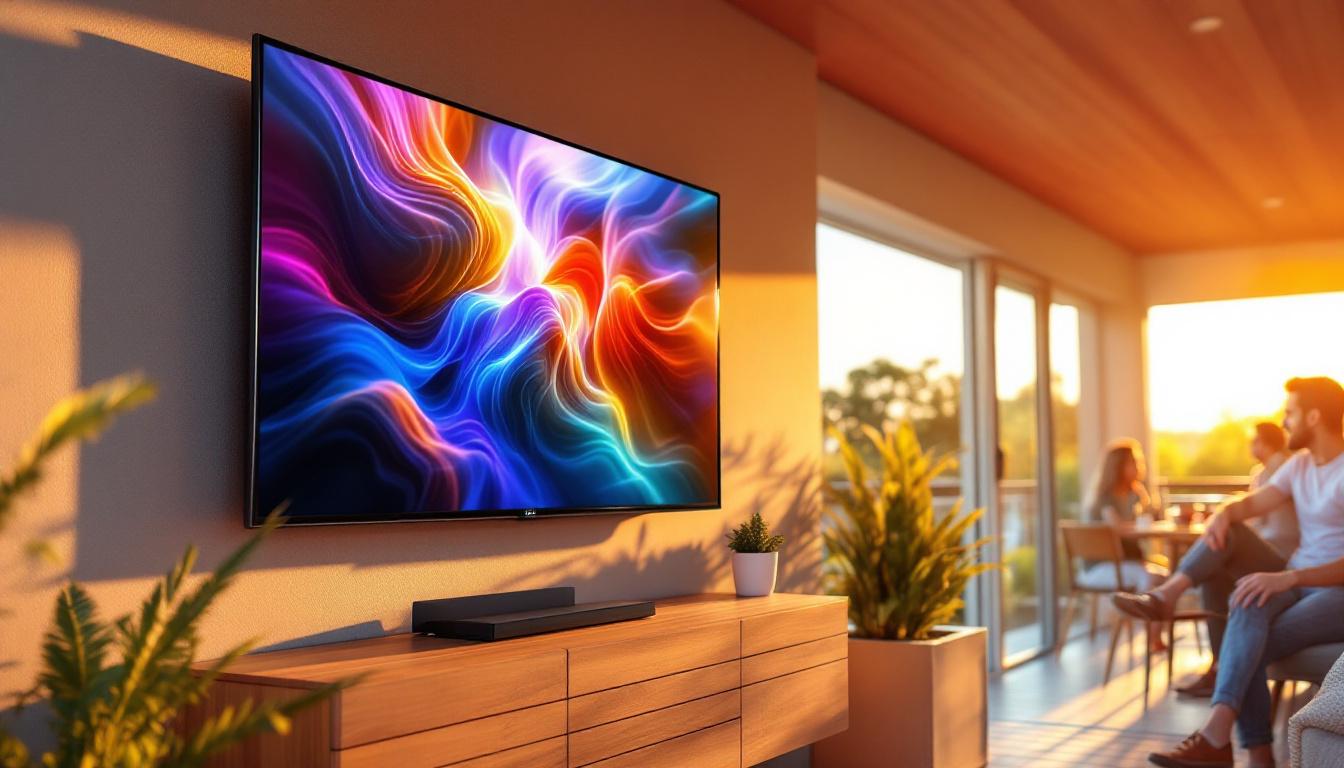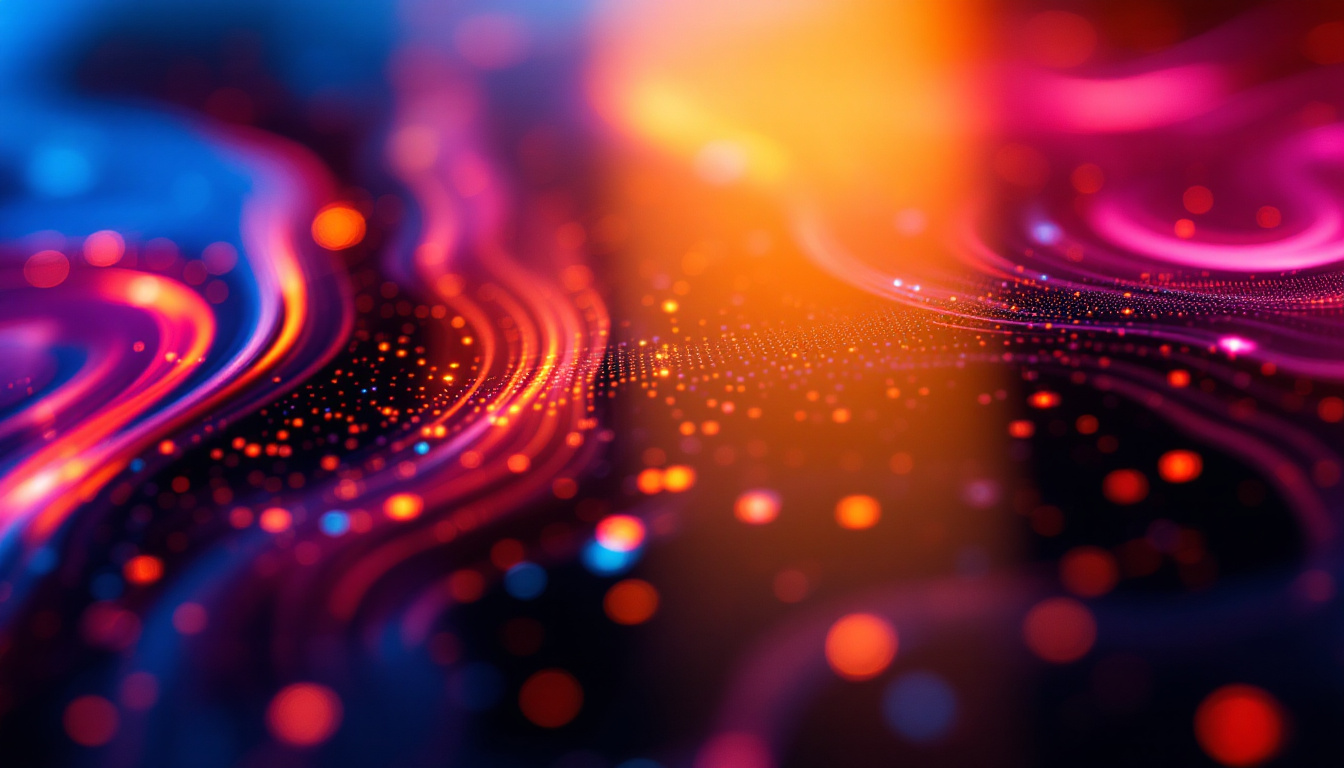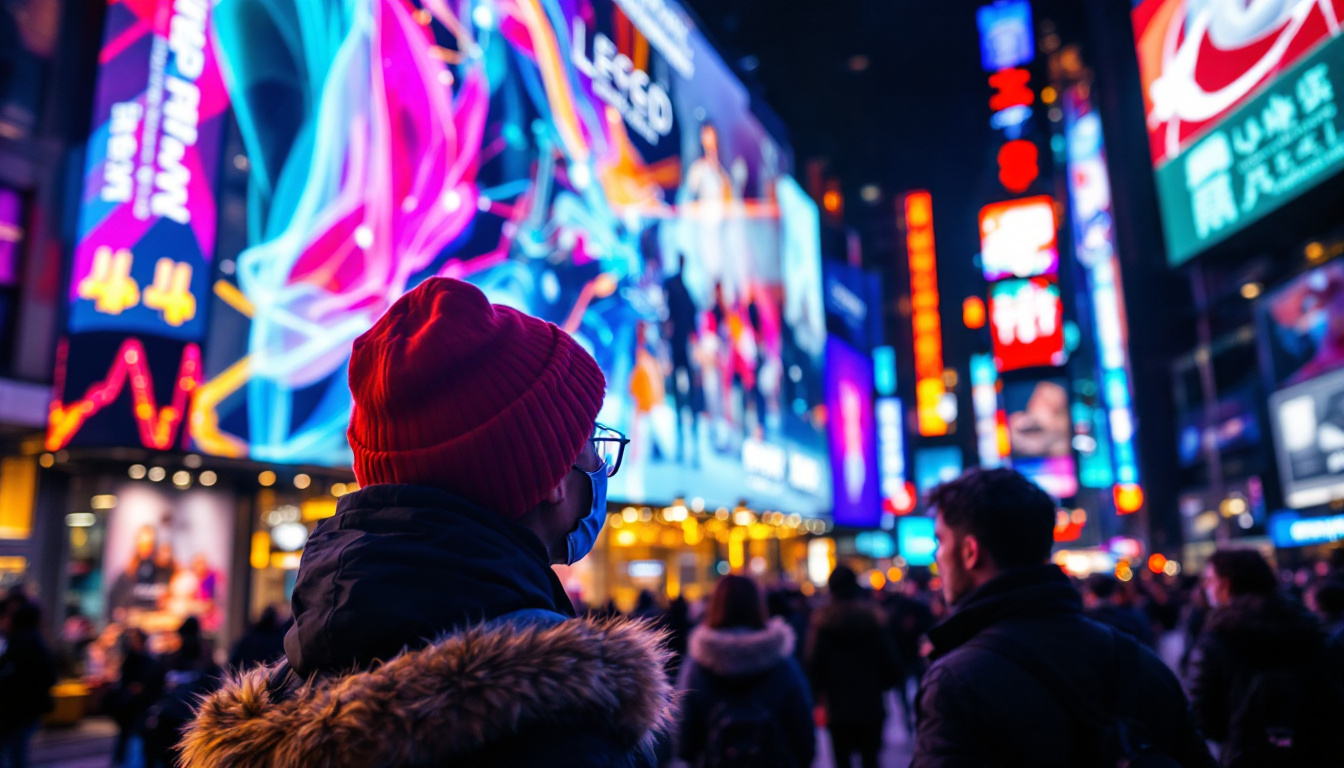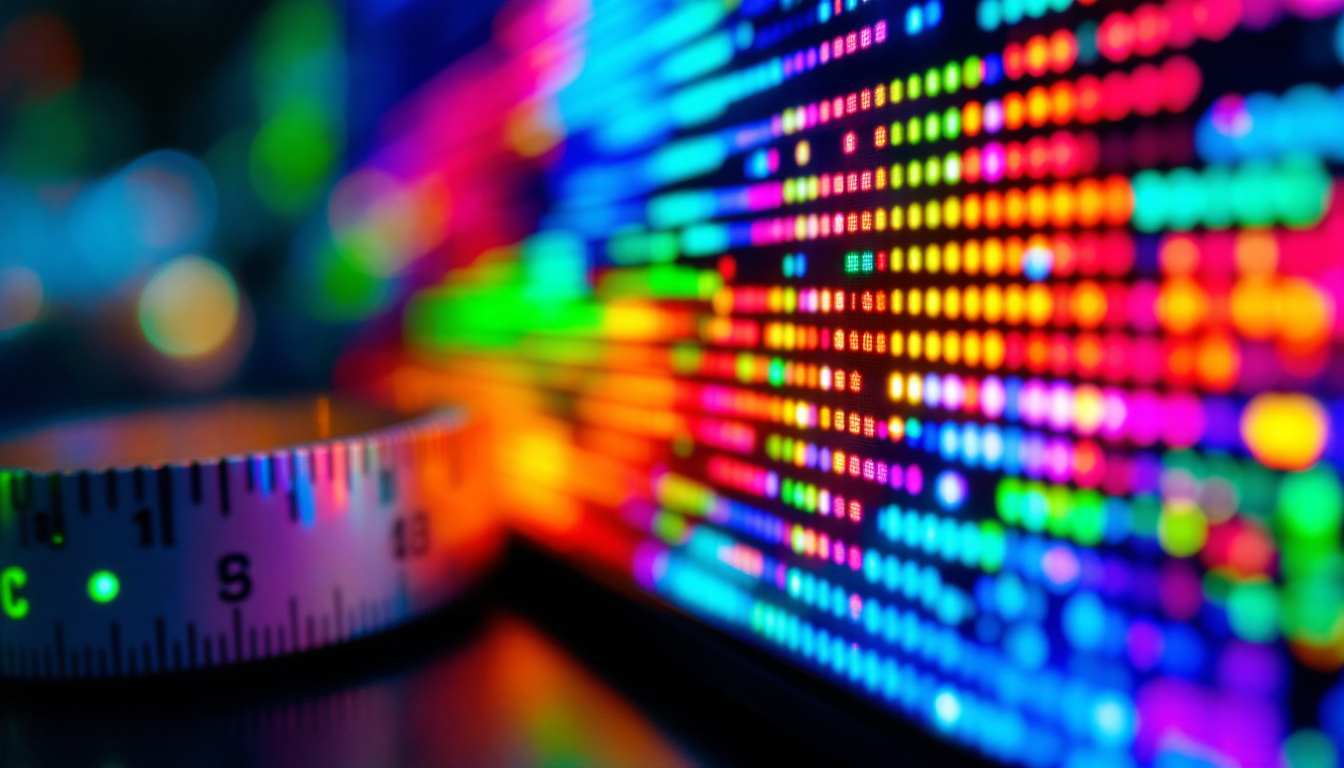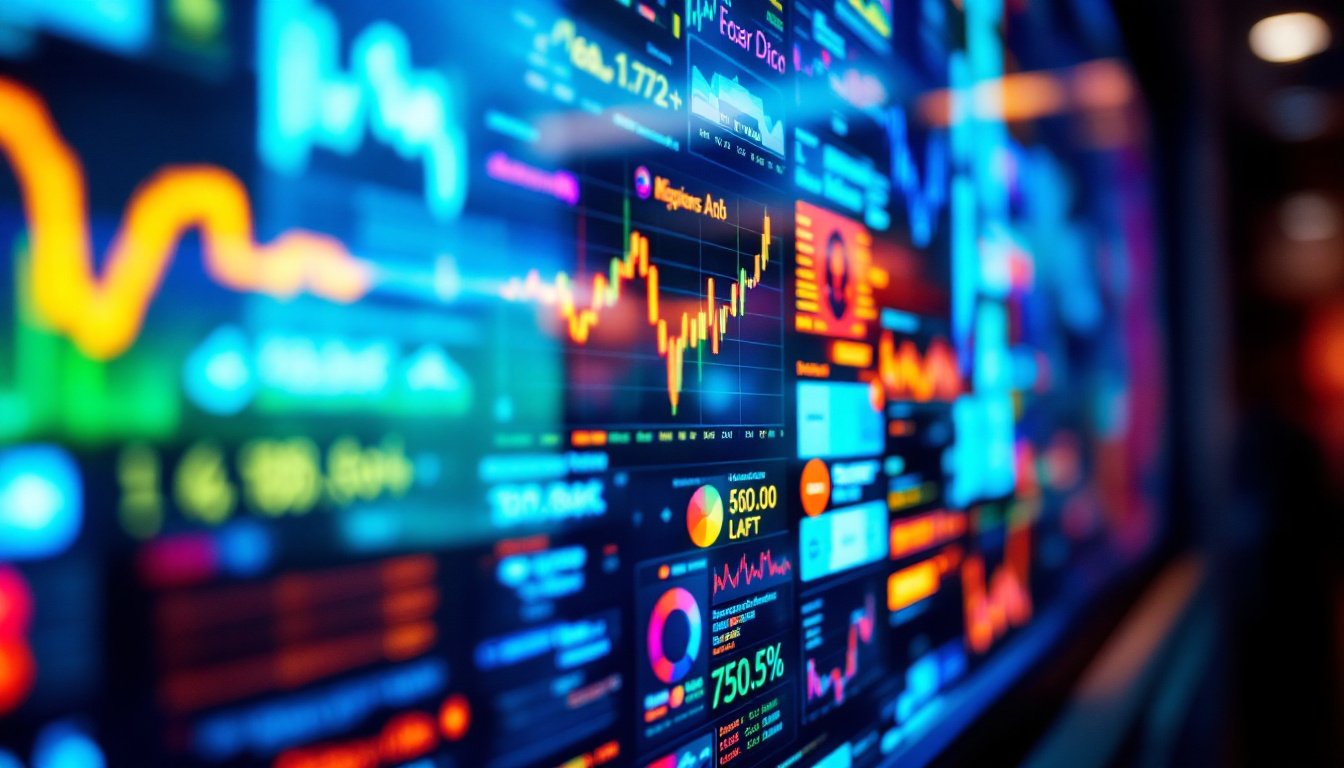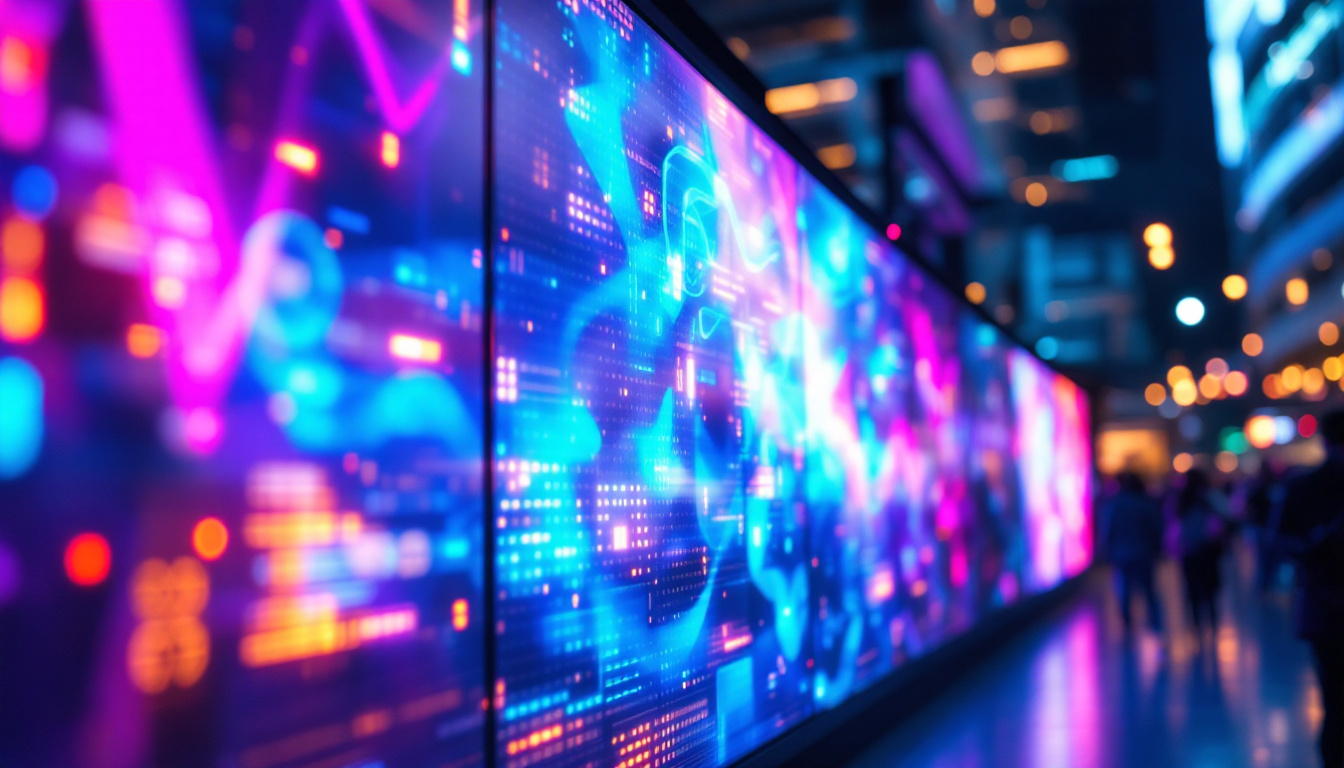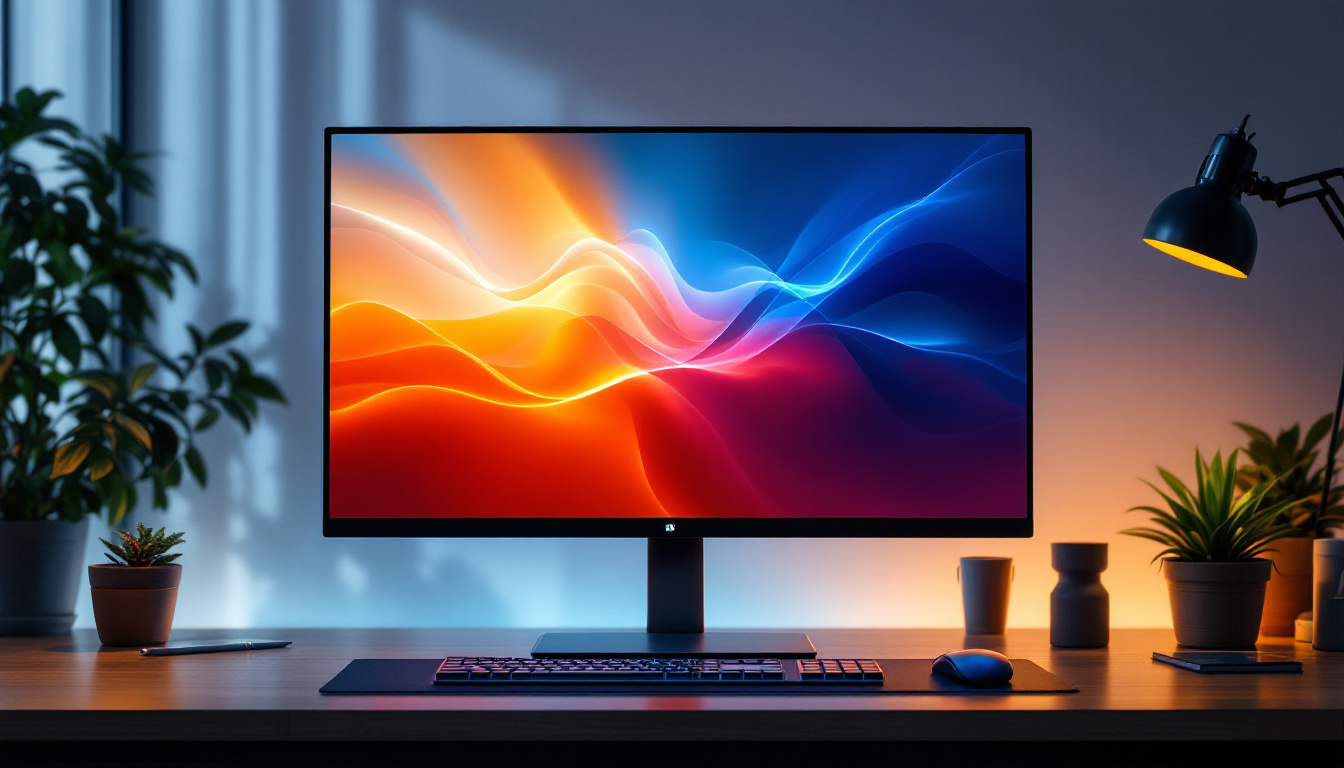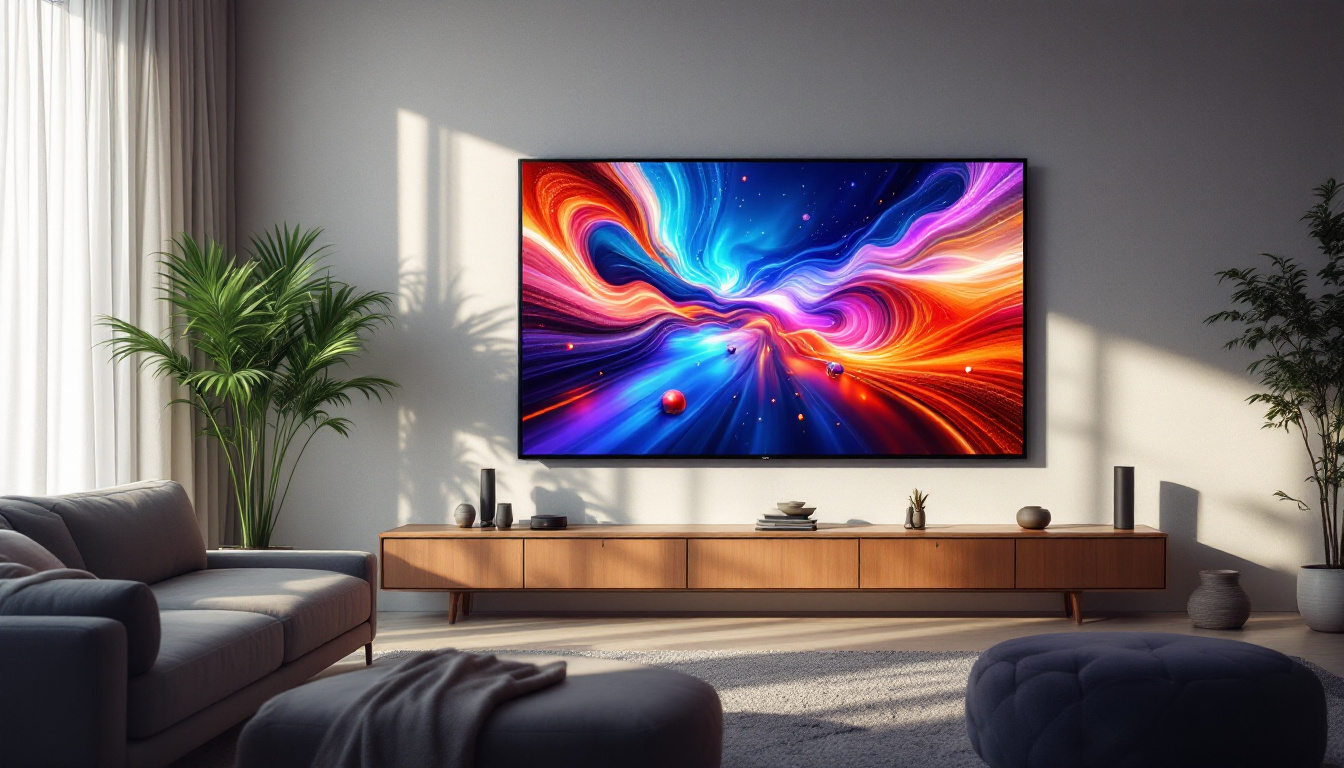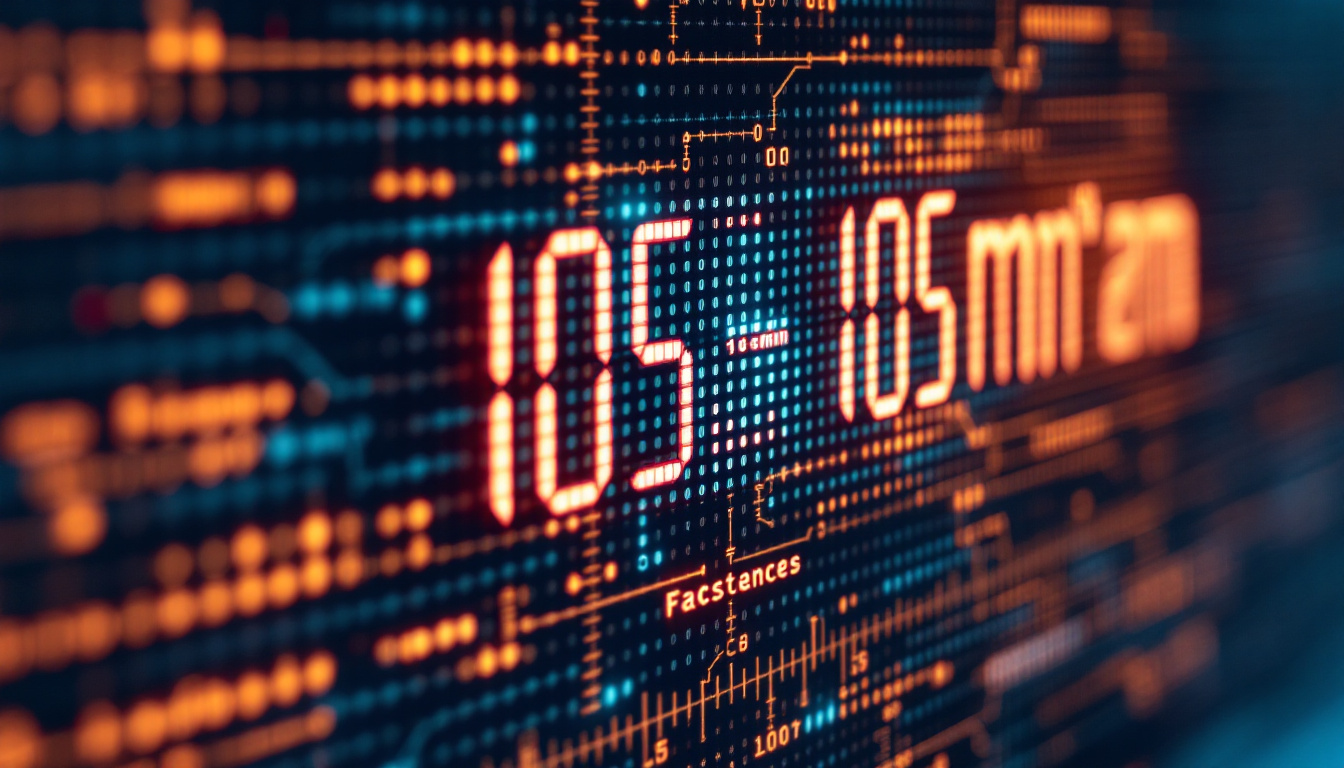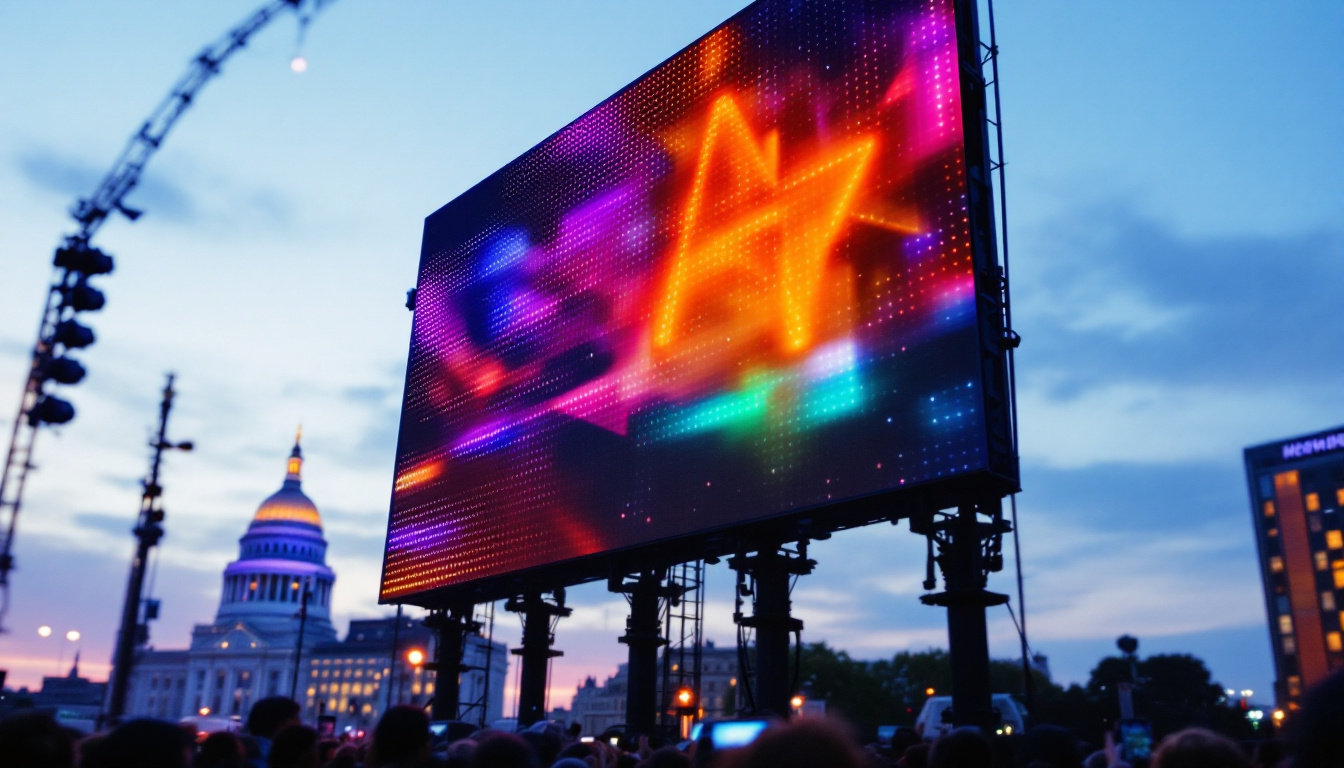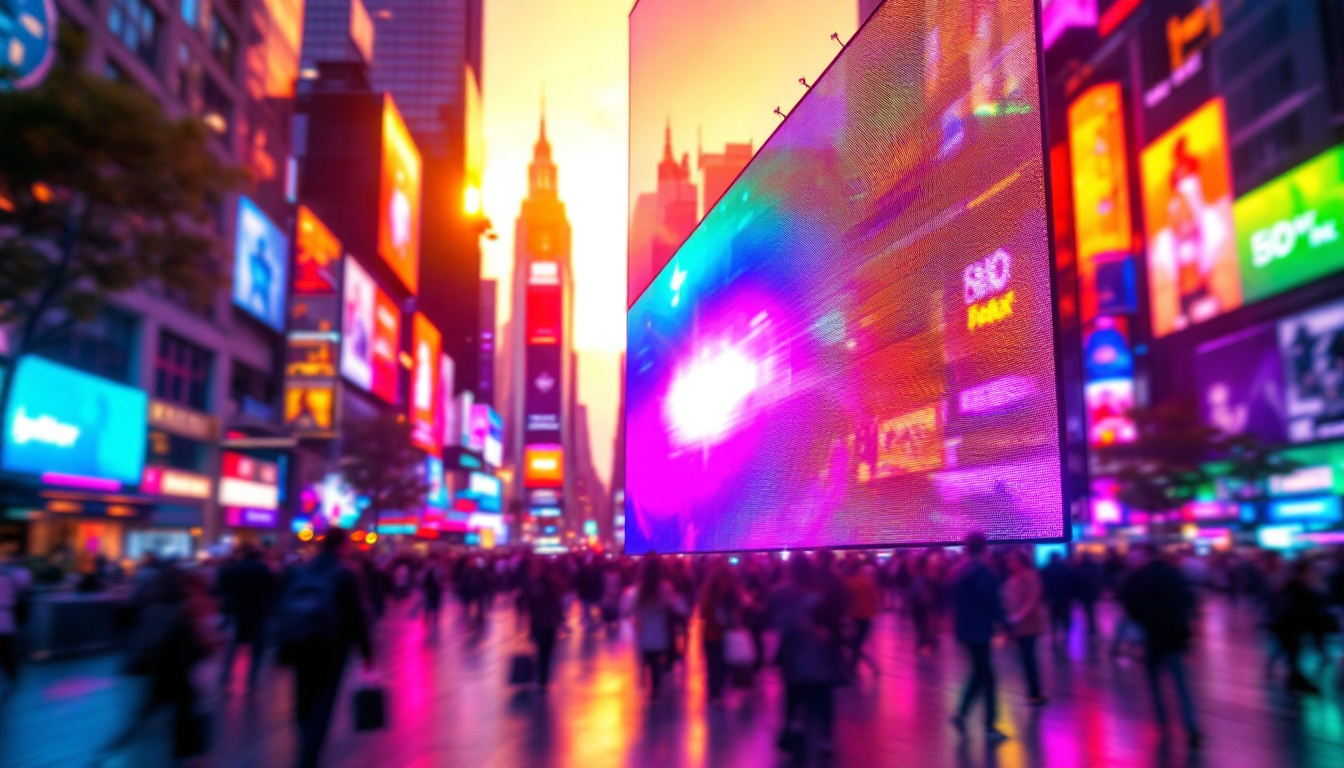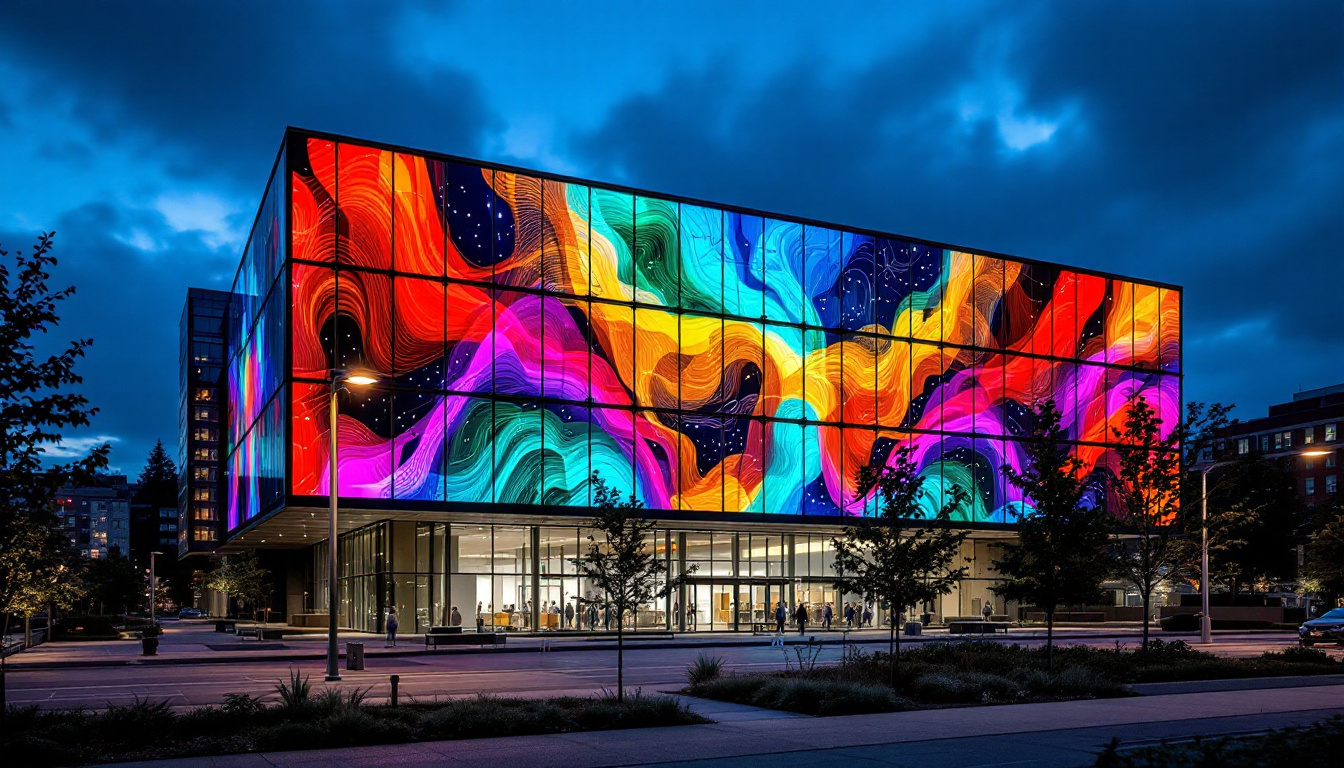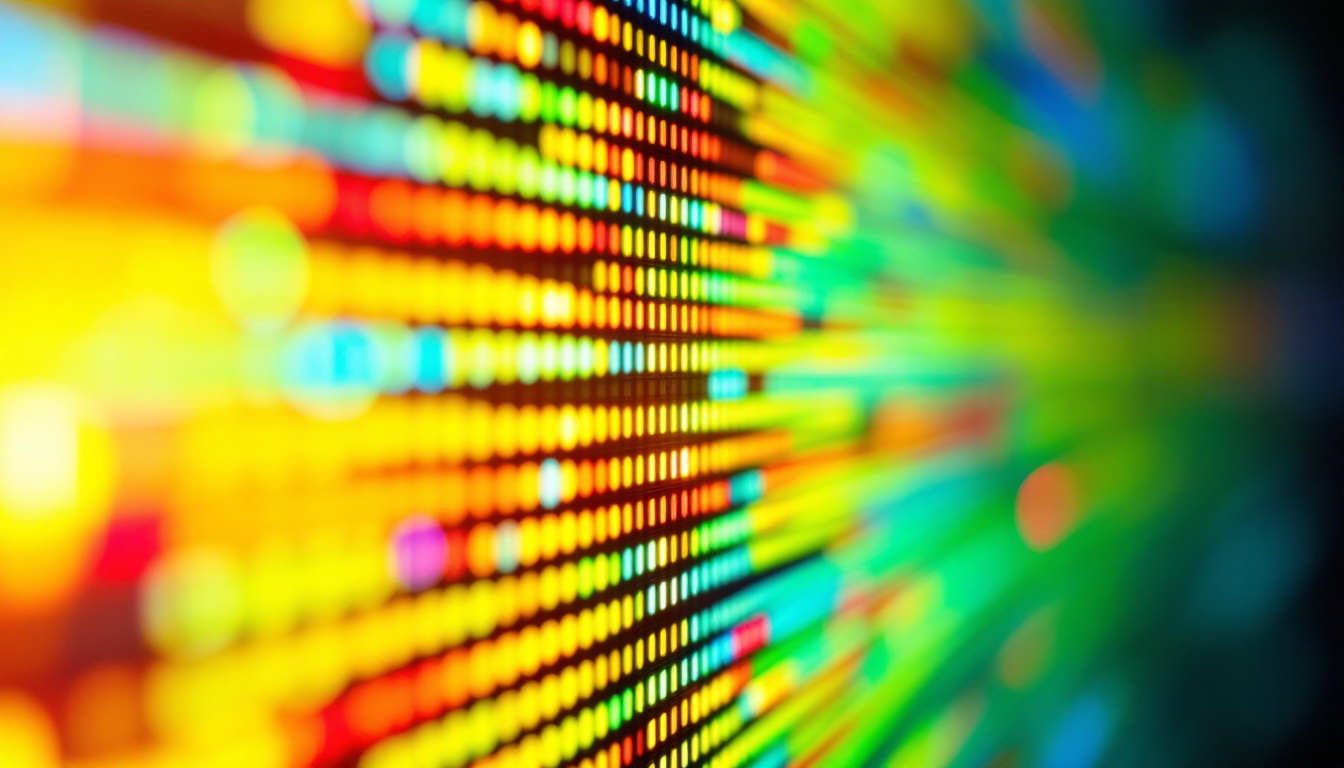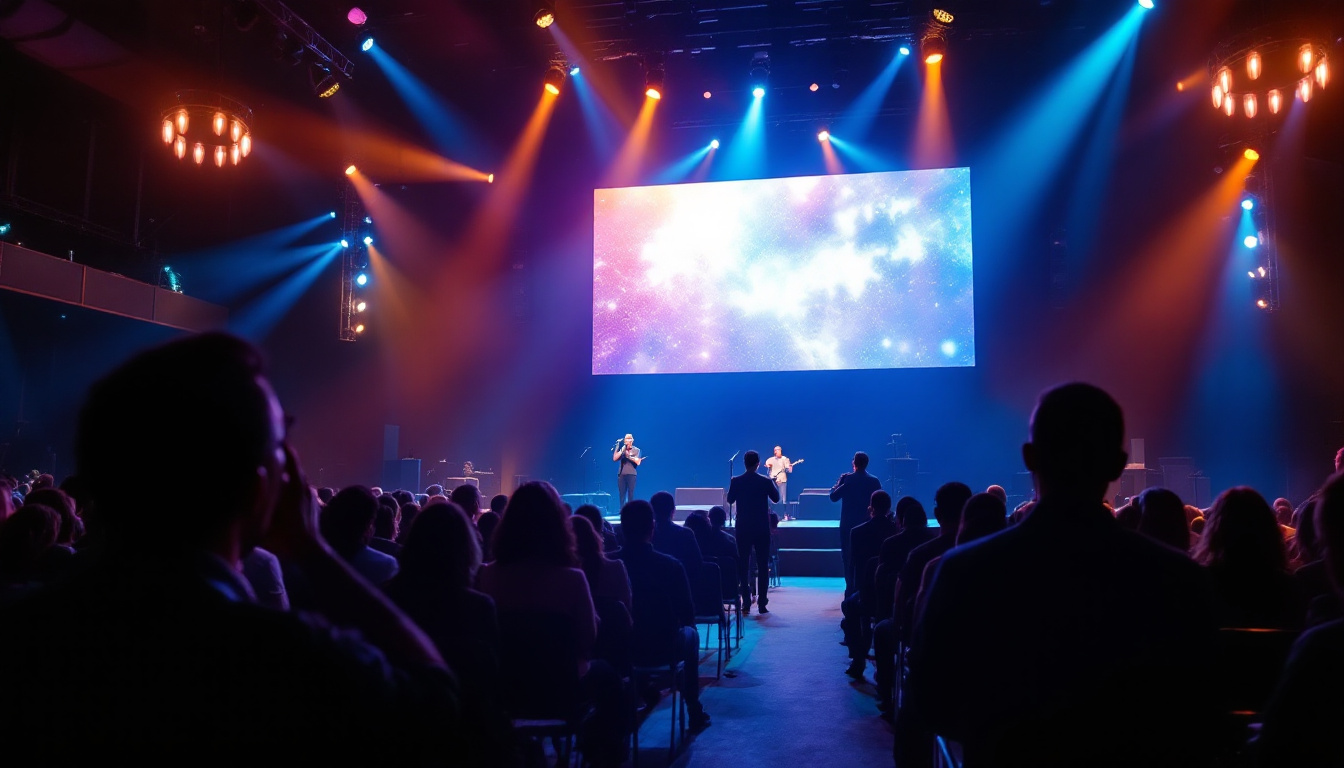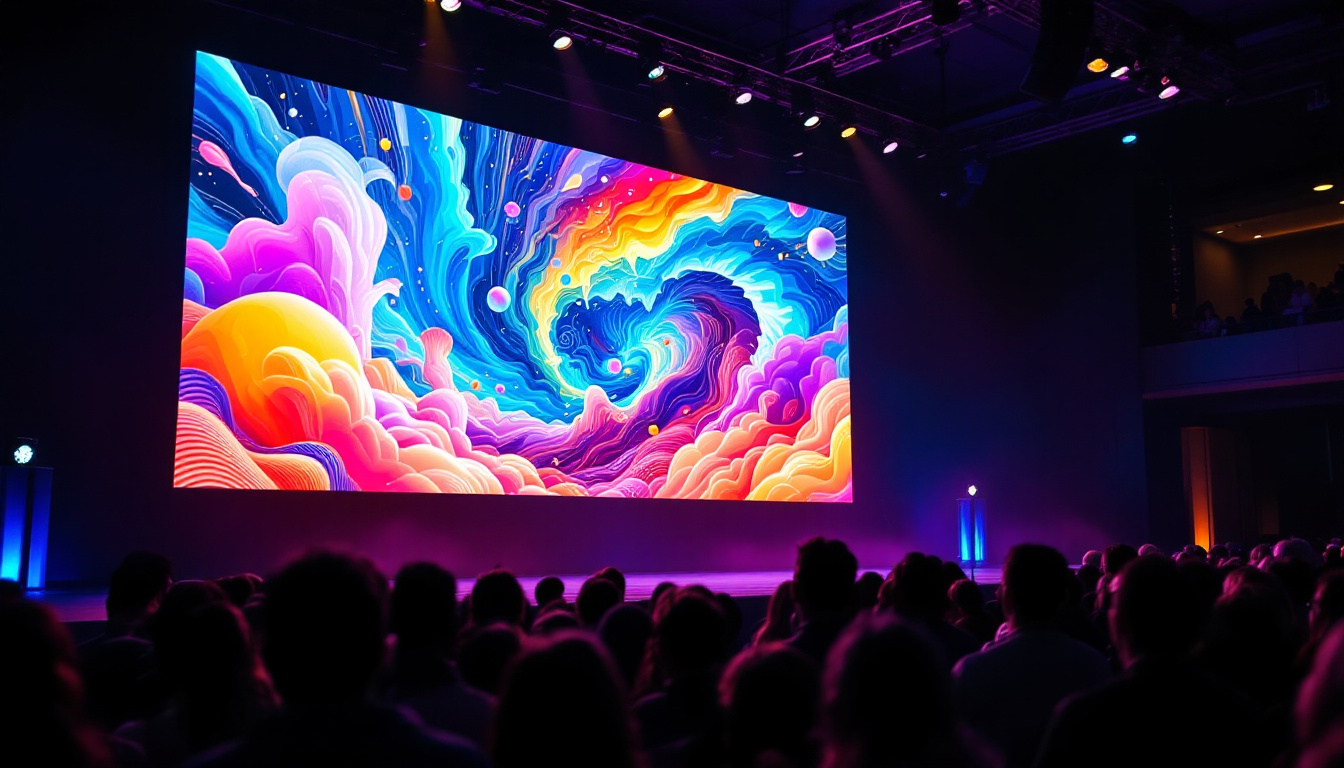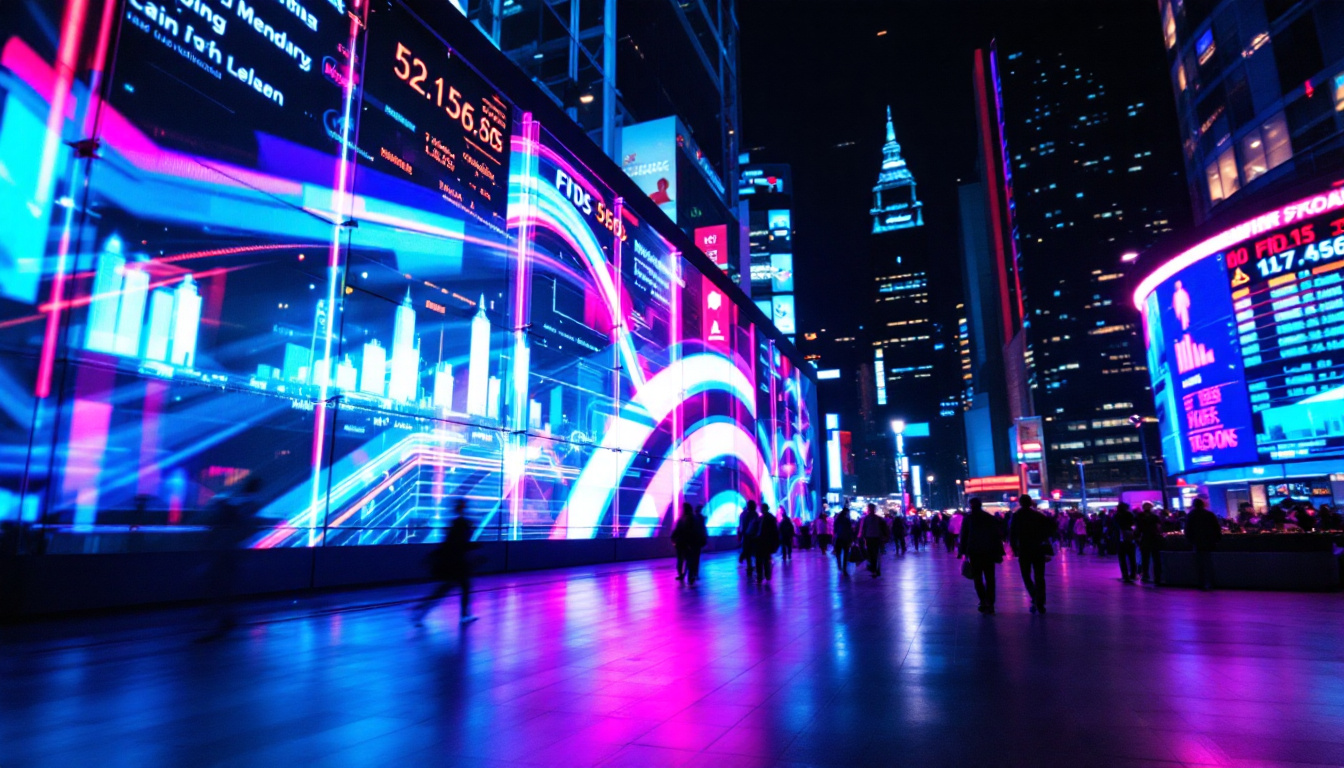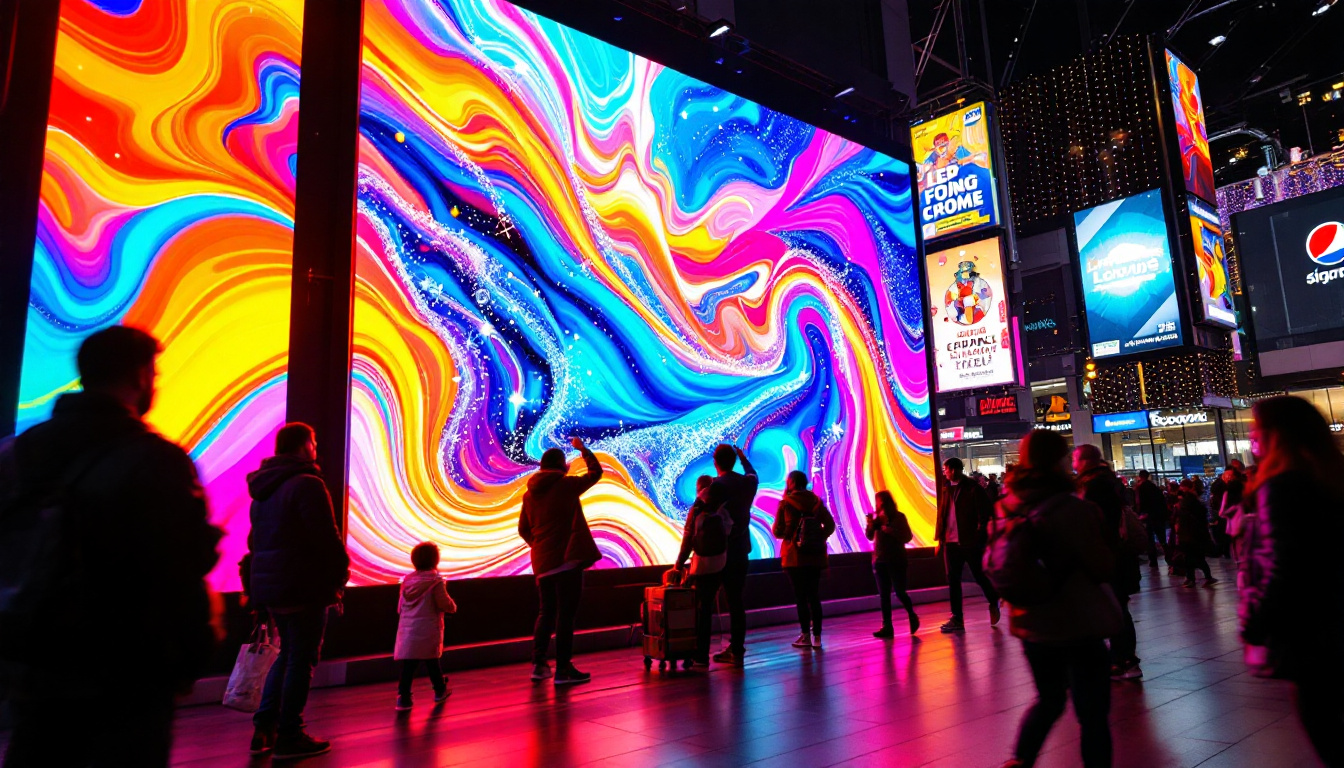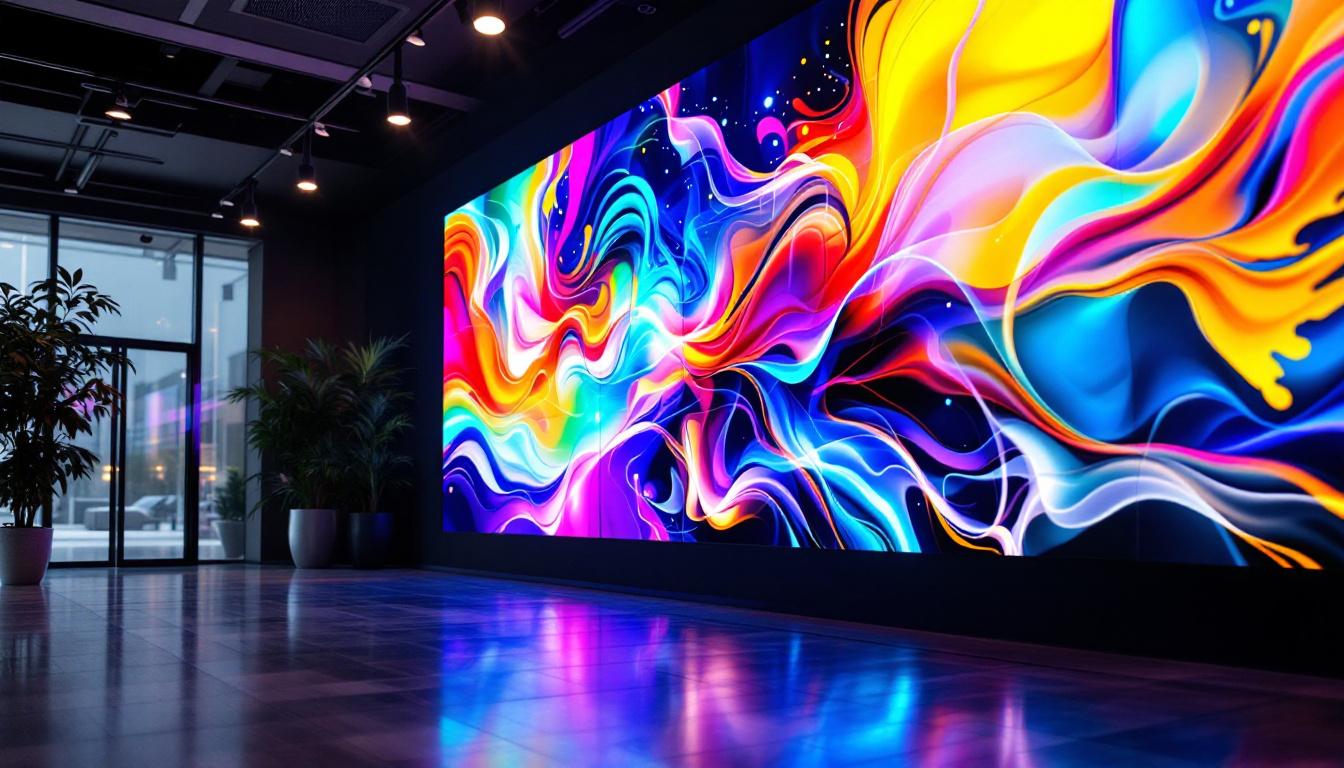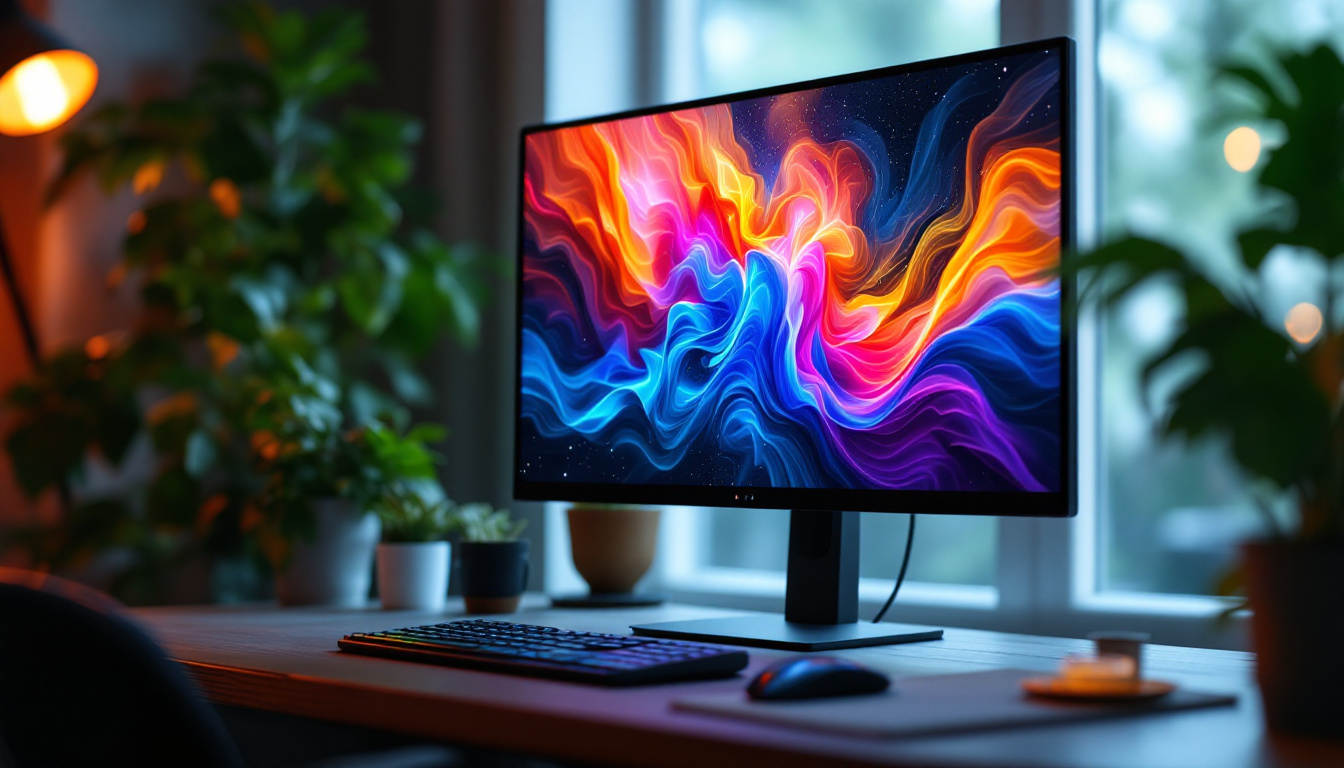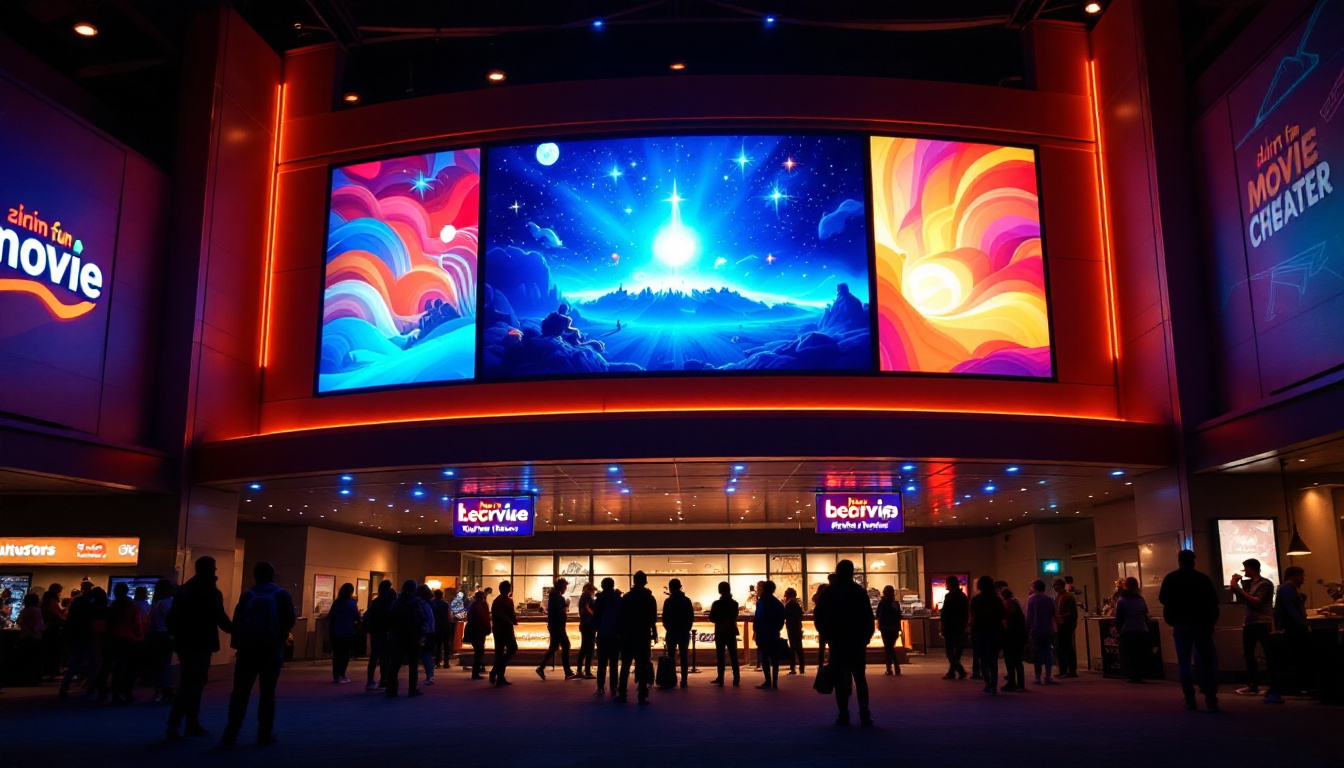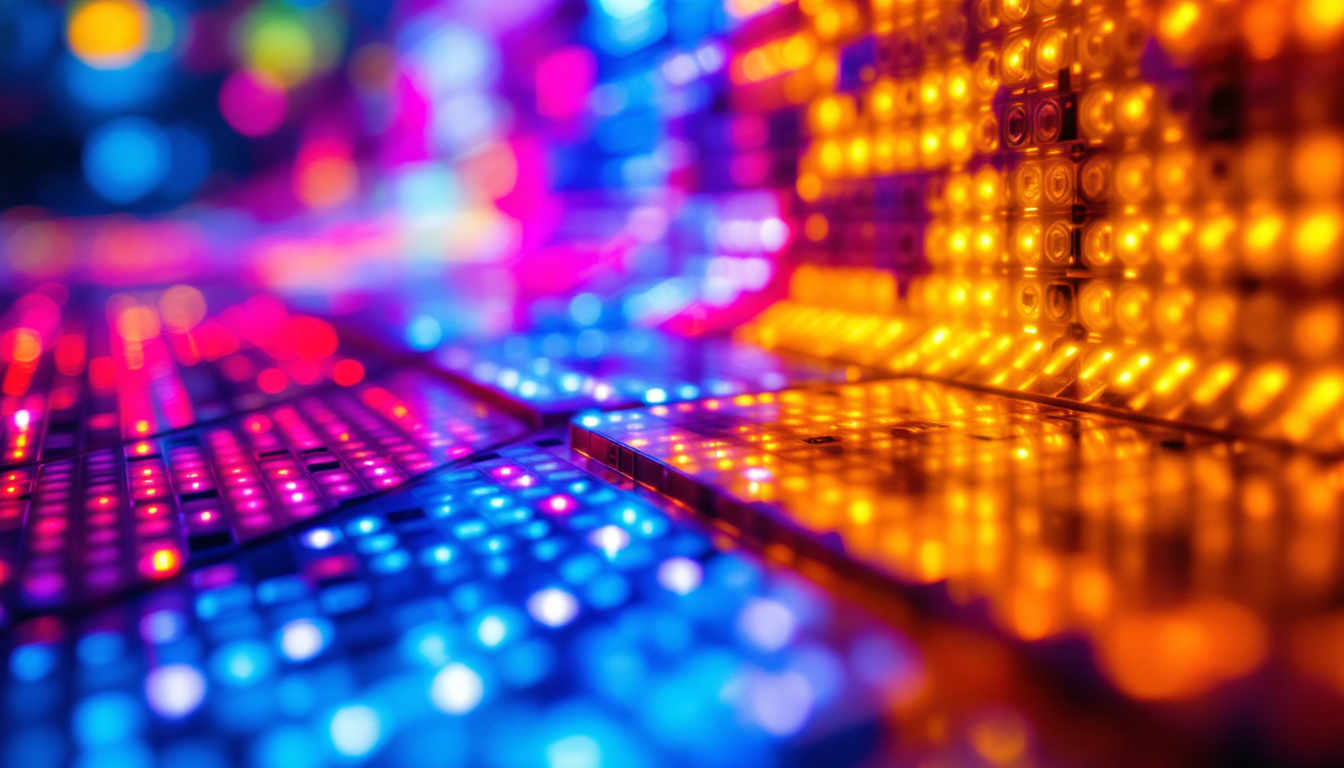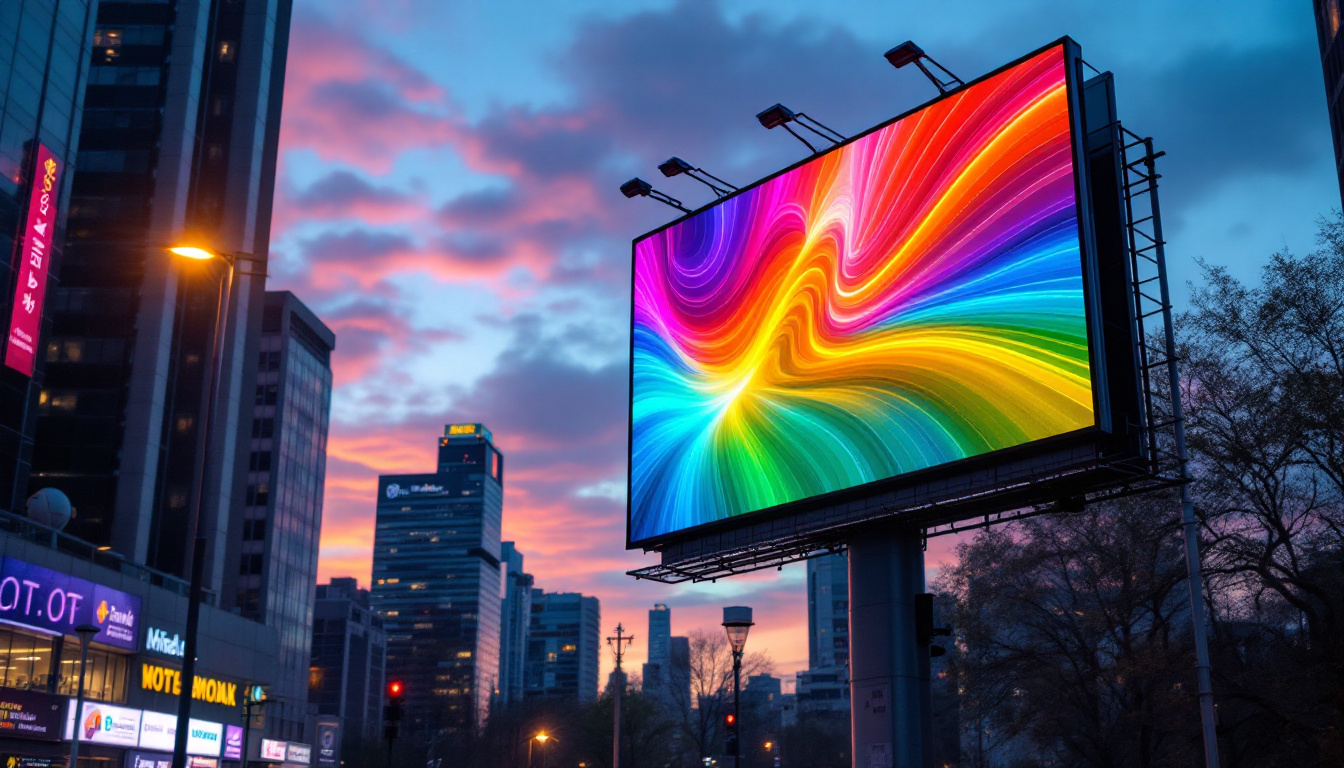In the world of modern technology, LED displays have become a cornerstone for various applications, particularly in indoor environments. From advertising and entertainment to corporate communications and event displays, the versatility of LED screens is unmatched. This article delves into the intricacies of indoor LED displays, exploring their technology, benefits, applications, and future trends.
Understanding LED Technology
LED, or Light Emitting Diode, technology has revolutionized the way visual content is displayed. Unlike traditional display technologies, LEDs produce light through electroluminescence, which is the phenomenon where a material emits light in response to an electric current.
How LED Displays Work
At the core of an LED display are numerous tiny diodes that emit light when electricity passes through them. These diodes are arranged in a matrix format to form pixels, which combine to create images and videos. Each pixel typically consists of red, green, and blue (RGB) diodes, allowing the screen to produce a wide spectrum of colors.
The brightness and clarity of LED displays are largely attributed to their ability to emit light directly, rather than relying on a backlight, as is common in LCD screens. This direct emission results in deeper blacks and more vibrant colors, making LED displays particularly effective for indoor environments where ambient light may vary. Additionally, LED technology allows for a faster refresh rate, which is crucial for displaying high-speed video content without motion blur, making them a preferred choice for dynamic applications like sports broadcasting and gaming.
Types of Indoor LED Displays
Indoor LED displays come in various types, each suited for specific applications. The most common types include:
- Direct View LED: These displays are composed of individual LED modules that can be assembled in various configurations. They are ideal for large-scale installations, such as video walls.
- LED Video Walls: A popular choice for concerts, conferences, and retail environments, video walls consist of multiple LED panels working together to create a cohesive display.
- LED Signs: Often used for advertising and information dissemination, these signs can be static or dynamic, displaying text, images, and videos.
In addition to these common types, there are also specialized LED displays designed for niche markets. For instance, transparent LED displays are gaining traction in retail environments, allowing for innovative advertising solutions that don’t obstruct visibility of the products behind them. Furthermore, flexible LED displays are emerging, which can be bent or shaped to fit unconventional spaces, providing designers with unprecedented creative freedom. These advancements in LED technology not only enhance visual experiences but also open up new avenues for artistic expression and brand storytelling.
Benefits of Indoor LED Displays
The advantages of using LED displays in indoor settings are numerous. Their unique characteristics make them a preferred choice for many businesses and organizations.
High Brightness and Clarity
One of the standout features of LED displays is their high brightness levels. This attribute ensures that content remains visible even in brightly lit environments. The clarity and sharpness of images and videos are also enhanced, making them ideal for presentations and advertising. In addition, the vibrant color reproduction of LED displays allows for more engaging and dynamic content, which can capture the attention of viewers more effectively than traditional screens. This is particularly beneficial in retail settings, where eye-catching visuals can significantly influence consumer behavior and drive sales.
Energy Efficiency
LED technology is known for its energy efficiency. Compared to traditional display technologies, LED screens consume significantly less power, which can lead to substantial cost savings over time. This efficiency not only benefits businesses financially but also contributes to environmental sustainability. Furthermore, many LED displays come with advanced features such as automatic brightness adjustment, which optimizes energy consumption based on ambient light conditions. This means that during the day, the display can automatically reduce its brightness, further conserving energy while maintaining visibility.
Longevity and Durability
LED displays are designed to last. With a lifespan that can exceed 100,000 hours, they require less frequent replacements than other types of screens. Additionally, they are generally more resistant to shocks and vibrations, making them suitable for high-traffic areas. This durability is particularly valuable in environments such as sports arenas and concert venues, where displays are subjected to constant movement and potential impacts. Moreover, many manufacturers offer robust warranties and support services for LED displays, ensuring that businesses can rely on their investment for years to come without the worry of unexpected failures.
Versatile Applications
Indoor LED displays are incredibly versatile and can be utilized in a wide range of applications. From corporate environments where they serve as digital signage for meetings and events, to educational institutions that use them for interactive learning experiences, the possibilities are endless. They can also be integrated into creative installations, such as art exhibits or immersive environments, where they enhance the overall experience for viewers. The modular nature of many LED displays allows for custom configurations, enabling businesses to create unique visual setups that align with their branding and messaging.
Enhanced Interactivity
Another significant advantage of indoor LED displays is their potential for interactivity. With the integration of touch technology and motion sensors, these displays can engage audiences in new and exciting ways. For example, in retail spaces, customers can interact with product displays to learn more about features or promotions, creating a more personalized shopping experience. Additionally, interactive LED displays can be used in public spaces for wayfinding or information sharing, allowing users to navigate complex environments with ease. This level of engagement not only enhances user experience but also fosters a deeper connection between the audience and the content being presented.
Applications of Indoor LED Displays
Indoor LED displays have found their way into a multitude of industries, each leveraging the technology for various purposes. Here are some prominent applications:
Retail and Advertising
In retail environments, LED displays are used to attract customers and showcase products. Dynamic advertisements can be displayed in real-time, allowing retailers to promote sales and special offers effectively. The ability to change content quickly ensures that the displays remain relevant and engaging.
Corporate Communications
Many corporations utilize LED displays for internal communications, such as displaying company announcements, performance metrics, and event information. These screens can enhance engagement during meetings and conferences, providing visual aids that complement verbal presentations.
Entertainment and Events
In the entertainment sector, LED displays are essential for concerts, theaters, and sporting events. They provide immersive experiences by displaying high-quality visuals that captivate audiences. Event organizers can use LED screens to create stunning backdrops or to relay live feeds to viewers, enhancing the overall experience.
Installation and Maintenance Considerations
While the benefits of LED displays are clear, proper installation and maintenance are crucial for optimal performance. Understanding the installation process and ongoing care can help ensure that these displays function effectively over their lifespan.
Installation Process
Installing an indoor LED display involves several steps, including site assessment, structural considerations, and electrical requirements. A thorough site assessment is essential to determine the best location for the display, considering factors such as visibility, audience distance, and ambient light conditions.
Structural considerations also play a role, as the mounting system must support the weight and dimensions of the display. Additionally, ensuring that the electrical setup meets the power requirements is vital for preventing malfunctions.
Maintenance Best Practices
Regular maintenance is key to prolonging the life of an LED display. This includes routine cleaning to remove dust and debris, which can affect image quality. Furthermore, software updates should be applied to keep the display running smoothly and securely.
It is also advisable to monitor the performance of the display regularly. This can help identify any issues early on, allowing for timely repairs and minimizing downtime.
Future Trends in LED Display Technology
The LED display market is continuously evolving, with new technologies and trends emerging regularly. Staying informed about these developments can help businesses make strategic decisions regarding their display solutions.
Advancements in Resolution
As technology progresses, the demand for higher resolution displays is increasing. Innovations such as MicroLED and MiniLED are paving the way for displays with even finer pixel pitches, resulting in sharper images and enhanced color accuracy. These advancements will allow for more immersive experiences in various applications.
Integration with Smart Technology
Another trend is the integration of LED displays with smart technology. This includes features such as IoT connectivity, allowing for remote monitoring and management of displays. Businesses can benefit from real-time analytics, enabling them to optimize content and improve audience engagement.
Eco-Friendly Solutions
As sustainability becomes a priority for many organizations, the development of eco-friendly LED displays is gaining traction. Manufacturers are focusing on reducing energy consumption and utilizing recyclable materials in their products. This shift not only aligns with environmental goals but also appeals to consumers who prioritize sustainability.
Conclusion
Indoor LED displays have transformed the way visual content is presented across various industries. Their high brightness, energy efficiency, and versatility make them an invaluable asset for businesses looking to enhance communication and engagement. As technology continues to advance, the potential applications and benefits of LED displays will only expand, solidifying their place in the future of visual technology.
Investing in LED display technology can yield significant returns, both in terms of customer engagement and operational efficiency. By understanding the intricacies of this technology, businesses can make informed decisions that align with their goals and enhance their overall impact in the marketplace.
Discover the Future of Visual Technology with LumenMatrix
Ready to elevate your indoor space with the latest in LED display technology? Explore LumenMatrix’s comprehensive range of innovative solutions, from vibrant Indoor LED Wall Displays to captivating Custom LED Displays and beyond. Embrace the future of visual communication and create unforgettable experiences with our cutting-edge digital signage. Check out LumenMatrix LED Display Solutions today and see how we can transform your business’s engagement and visibility.

